1. Improved Load Holding Capacity
The primary function of the dual-brake system in the IYJ-ZZ Series Hydraulic Manned Driven Winch is to securely hold the load, preventing any unwanted movement or slippage when the winch is not actively in use. In many industrial settings, such as offshore platforms or construction sites, heavy loads are lifted or lowered, making load stability paramount for safety. By using two hydraulic multi-disc brakes, the winch can effectively hold the load in position with a high level of reliability.
These two brakes work in parallel, so if one brake were to fail, the other remains fully functional, providing additional safety and reducing the likelihood of catastrophic failure. This redundancy ensures that the load remains firmly secured, even during critical operations. This is particularly important in applications where the winch is used for lifting personnel, such as during rescue operations, where any load movement could pose serious risks to human life.
The high load holding capacity of the dual-brake system is achieved through the precise control of brake force distribution. The hydraulic system allows the brakes to operate with exceptional force, which results in minimal deflection of the winch drum under heavy loads. This ensures that the load remains completely stationary and prevents dangerous shifts that could cause damage to the equipment or injury to workers. Thus, the dual-brake system enhances safety by ensuring stable and secure load handling.
2. Enhanced Safety in Emergency Situations
Safety is a top priority in winch operations, especially when used in hazardous or emergency conditions. The IYJ-ZZ Series winch is designed to handle unexpected failures, and the dual-brake system plays a crucial role in enhancing safety during emergencies. The two Z-type hydraulic multi-disc brakes provide an added layer of security in the event of a failure in the hydraulic system or any other component.
When one of the brakes experiences a malfunction or is overwhelmed by a surge in pressure, the second brake takes over immediately, ensuring that the load remains secure. This redundancy is essential in high-risk environments such as offshore drilling, marine rescue operations, and in critical lifting operations in construction. By having two separate braking systems, the winch reduces the risk of catastrophic accidents caused by brake failure. In such environments, where failure can have dire consequences, having a fail-safe system is crucial to protecting both equipment and human life.
In addition to mechanical safety, the dual brakes also provide operators with greater peace of mind. The knowledge that there is a secondary braking mechanism in place ensures that the load will not slip or fall, even if one of the systems fails. This trust in the winch's reliability allows operators to focus on their tasks rather than worrying about the potential risks associated with load movements. As such, the dual-brake system is a key component in ensuring the safety of personnel and equipment during emergency situations.
3. Precise Control of Load Movement
The precision with which a winch can move a load is of paramount importance, especially in applications that require delicate handling of materials or equipment. The dual-brake system in the IYJ-ZZ Series winch allows for smoother, more controlled movement of loads, improving both performance and safety. The brakes can be finely adjusted to provide gradual and smooth deceleration, ensuring that the load is moved or stopped without sudden jerks or unexpected shifts.
This precise control is particularly useful in applications where the winch is used to lift or lower delicate items or sensitive equipment. For example, in offshore applications or in lifting operations for small automotive parts or machinery, abrupt movements could cause damage or lead to costly mistakes. The dual-brake system mitigates these risks by enabling gradual and controlled braking, which results in smoother, more predictable load movements.
In applications requiring extreme precision, such as on drilling platforms or in construction, even minor fluctuations in load movement can have serious consequences. By reducing jerky motions, the dual-brake system allows the winch to provide a high level of accuracy when placing or retrieving heavy equipment. This ensures that the operator can position the load with great care, reducing the chance of accidents or damage to sensitive materials. The ability to control speed and stopping time allows for more refined, accurate movements in all lifting and lowering operations.
4. Reduces Wear and Tear on Other Components
The dual-brake system not only enhances safety and performance, but it also plays an important role in prolonging the life of the winch and reducing the wear and tear on other critical components. In traditional winch systems, excessive or uneven braking can lead to mechanical stress, resulting in faster wear of components like the hydraulic motor, gearbox, and winch drum. The dual-brake setup helps distribute braking forces evenly, minimizing shock loads on the winch’s other parts.
By reducing the strain on the winch’s internal components, the dual brakes contribute to improved overall durability and lower maintenance costs. This is particularly important in high-duty applications such as offshore drilling or in the mining industry, where equipment often operates under extreme conditions. The system’s design helps to cushion and absorb the forces exerted during braking, which minimizes mechanical strain and vibration. This also reduces the likelihood of premature failure in critical components, leading to fewer repairs, lower operating costs, and extended equipment lifespan.
For winches that are used regularly in heavy-duty applications, reducing wear and tear is crucial to ensure that the winch remains reliable and performs at peak efficiency over time. By using dual brakes to manage and absorb the load, the system ensures smoother operations, leading to less maintenance downtime and more productive use of the equipment. This is especially valuable for industries where continuous operation is necessary, such as in marine or construction, where unexpected equipment failures could result in significant downtime and lost revenue.
5. Enhanced Control Over Speed and Stopping Time
In many winch applications, particularly those that involve lifting or lowering heavy or sensitive loads, the ability to control the speed and stopping time of the winch is essential. The dual-brake system in the IYJ-ZZ Series allows for smooth deceleration and precise control over how quickly or slowly the load is brought to a stop. This prevents the load from swinging or jerking when it reaches its destination, which can be dangerous in high-stress environments.
In industries such as offshore oil rigs or heavy-duty construction, precise load control is critical to prevent damage to equipment and ensure the safety of workers. The dual-brake system allows the operator to gradually reduce the speed of the winch, providing a controlled, smooth stop at the required point. By eliminating sudden movements or shock loads, the brakes contribute to safer and more efficient operations. This enhanced control helps improve the precision of the winch’s performance, reducing the risk of errors or accidents during lifting, lowering, and positioning tasks.
Precise control of stopping time is especially important in sensitive operations, such as those involving high-value equipment, hazardous materials, or personnel. Whether lifting a heavy object or positioning equipment on an offshore platform, being able to control the speed of operation ensures that the load is safely handled and placed without undue strain on the winch or load. This smooth control of the winch’s speed is a key factor in enhancing overall operational efficiency and safety.
6. Reduced Maintenance and Downtime
The robust and reliable dual-brake system in the IYJ-ZZ Series winch not only contributes to improved performance but also reduces maintenance requirements and operational downtime. By providing superior braking performance and enhancing load control, the system helps minimize wear on the winch’s other components, which translates to fewer repairs and less maintenance. In high-demand environments where winches are subjected to continuous heavy usage, minimizing downtime is critical for maintaining productivity and reducing operational costs.
The dual-brake system helps prevent excessive wear on the winch’s hydraulic motor, gearbox, and drum, extending the lifespan of the equipment. In offshore applications or high-load situations, minimizing mechanical failures is essential to avoid disruptions in operations, as even short periods of downtime can lead to significant financial losses. The added reliability provided by the dual-brake system ensures that the winch can operate for extended periods without the need for frequent maintenance interventions.
The fail-safe nature of the dual-brake system reduces the likelihood of catastrophic failures that could result in costly repairs or replacements. By reducing the occurrence of mechanical problems, the winch’s overall maintenance costs are lowered, allowing businesses to allocate resources more efficiently. This reduced maintenance burden increases the winch’s availability for daily operations, making it an essential tool for industries such as marine, construction, and offshore drilling.

 ENG
ENG
 English
English русский
русский Español
Español

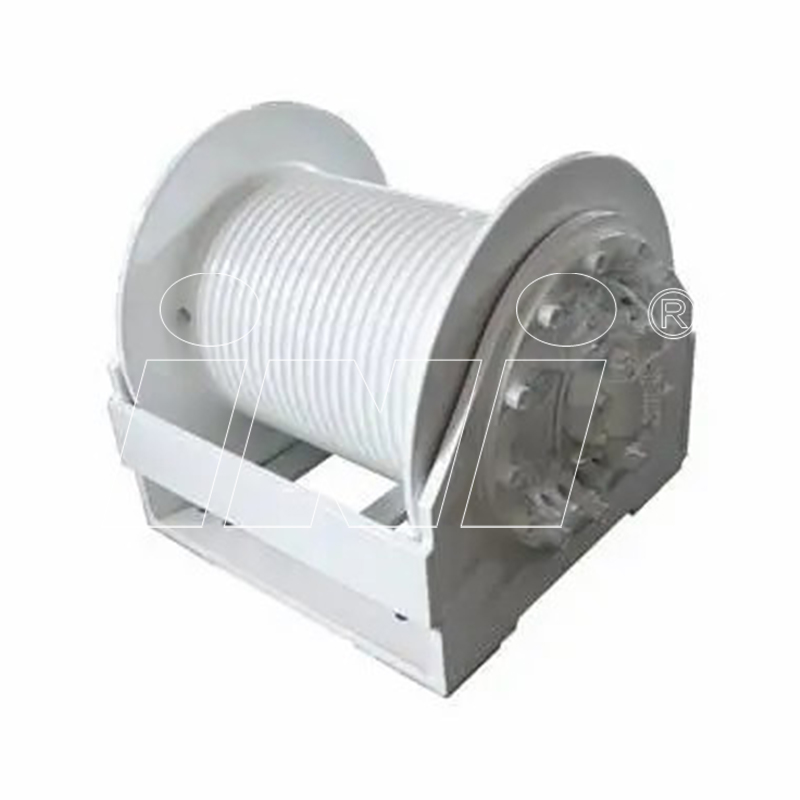
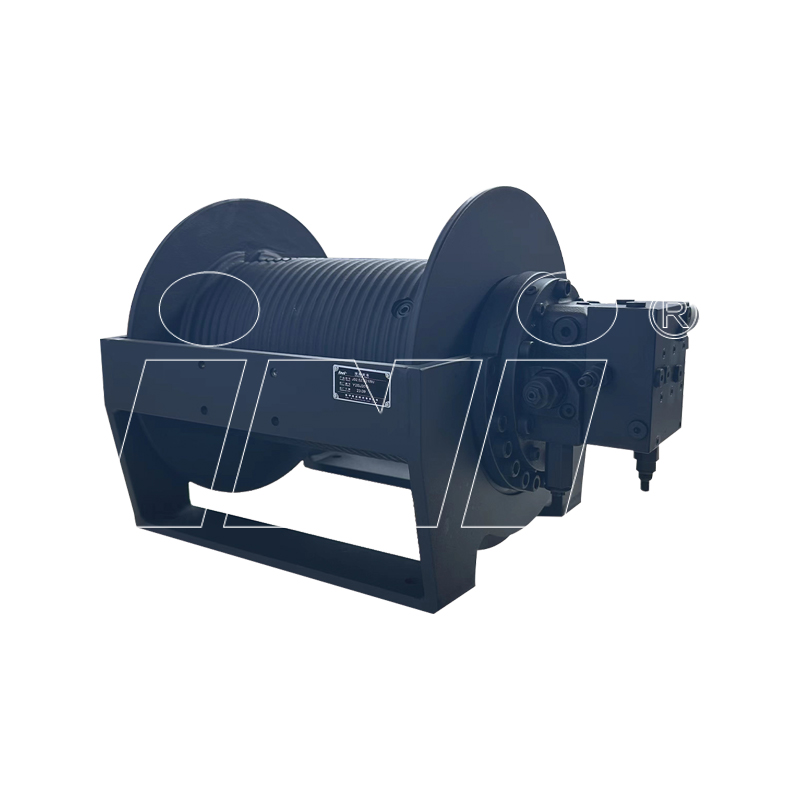
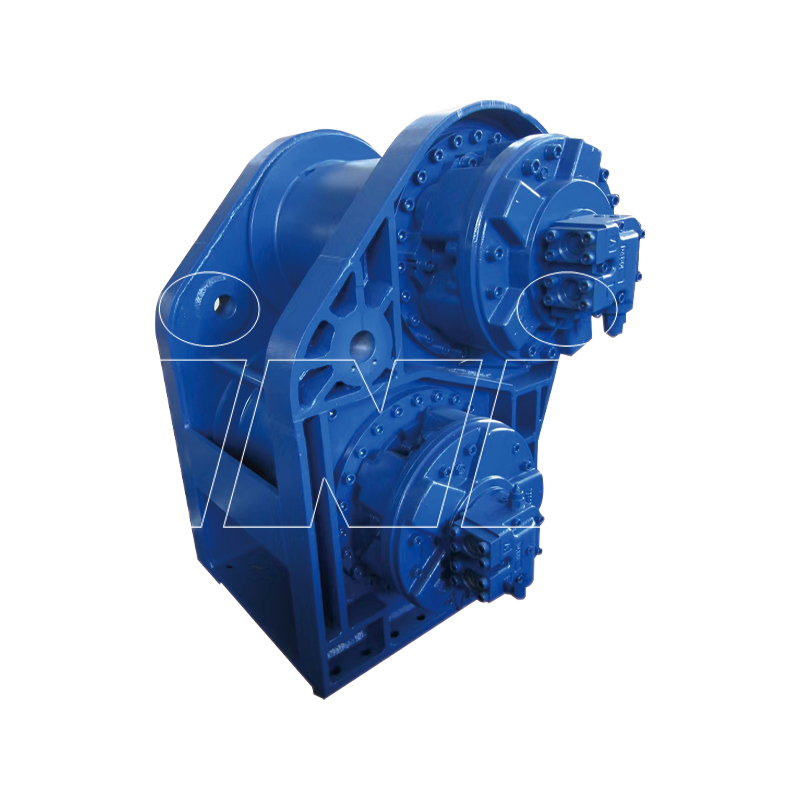

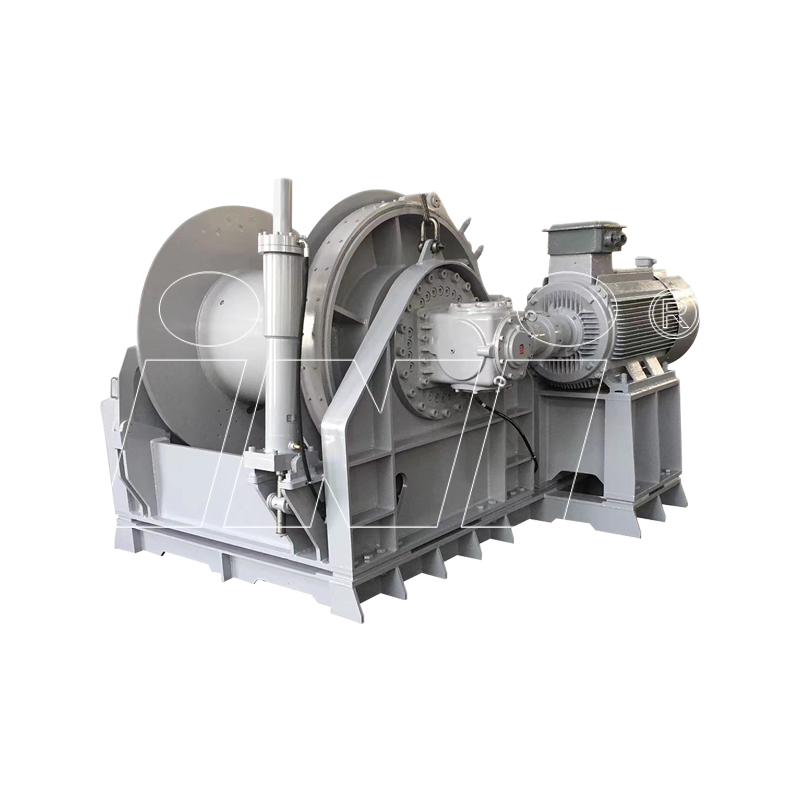

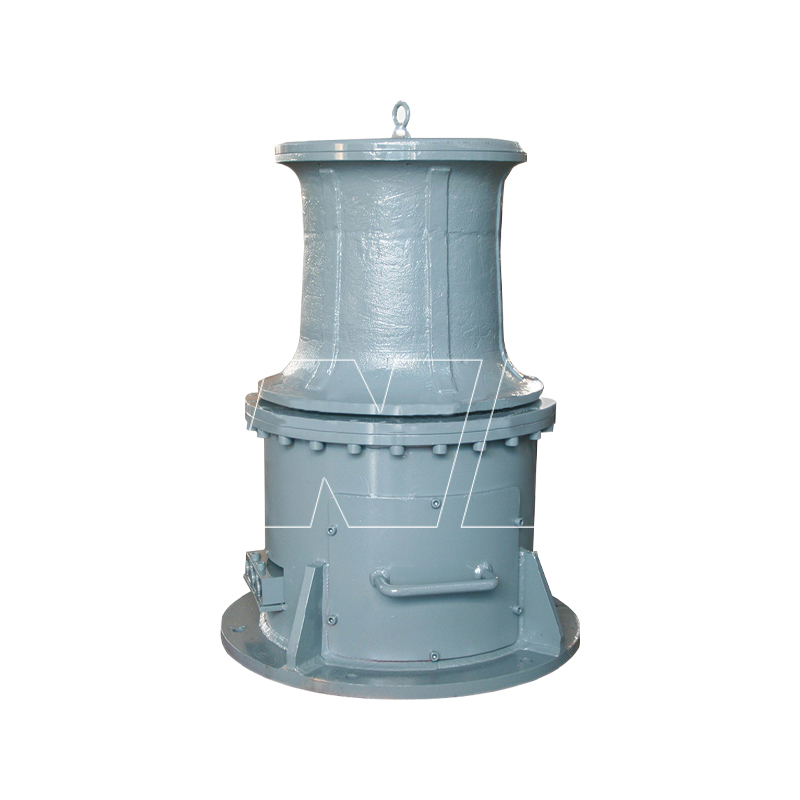
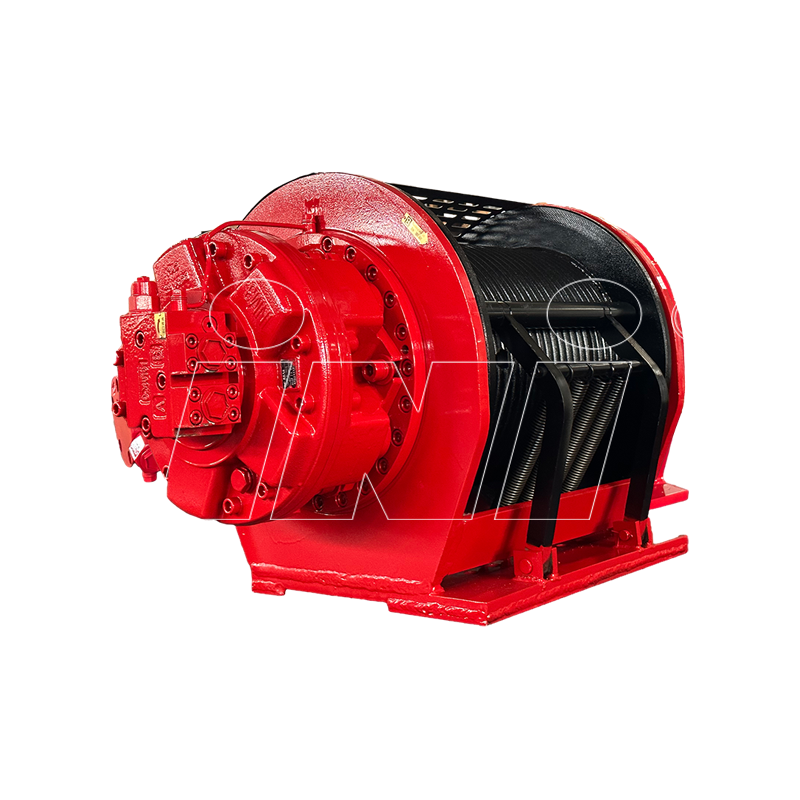
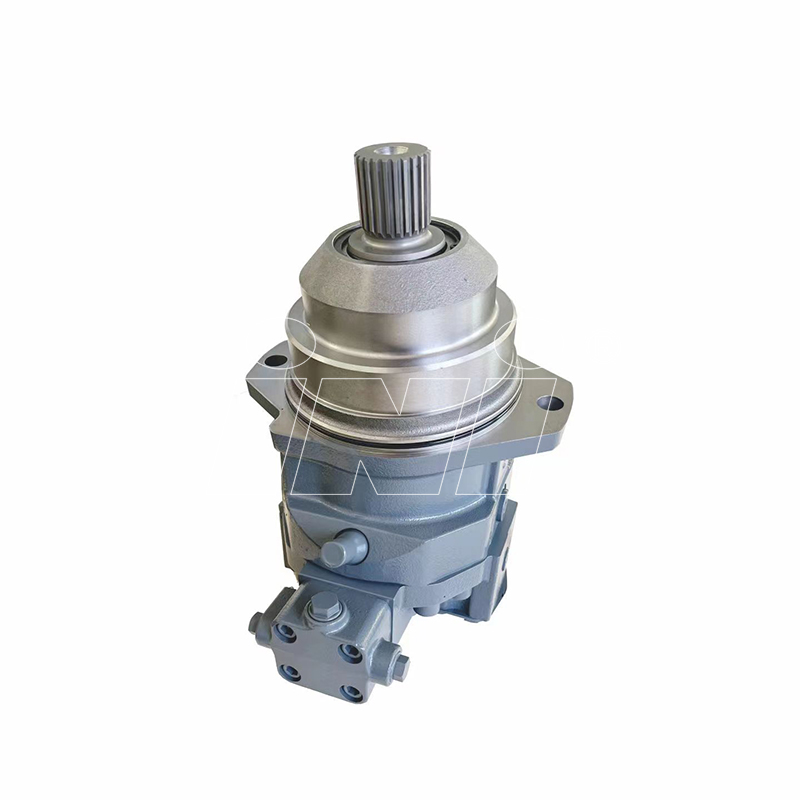
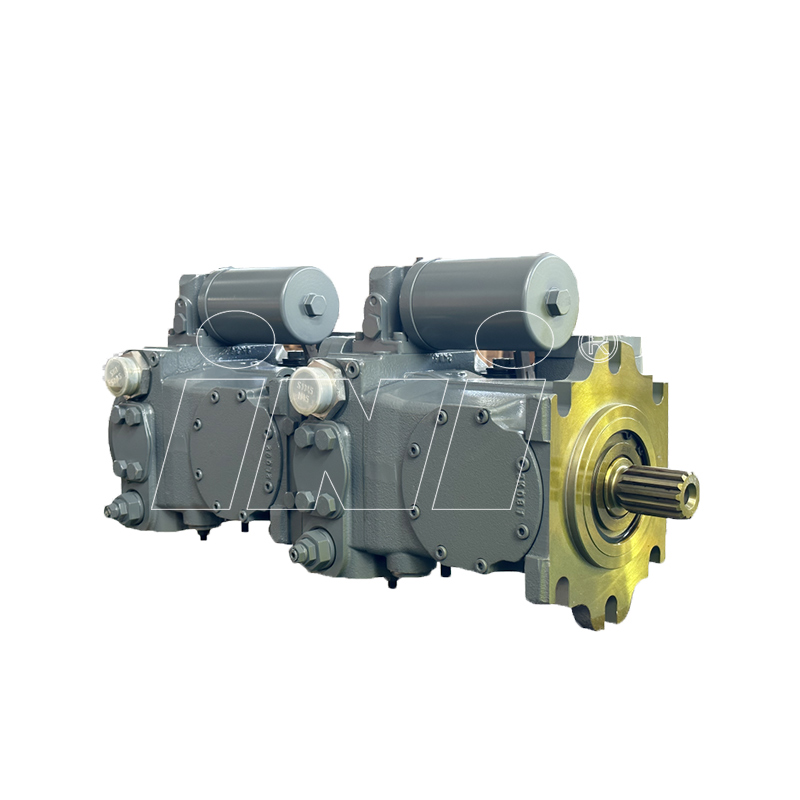
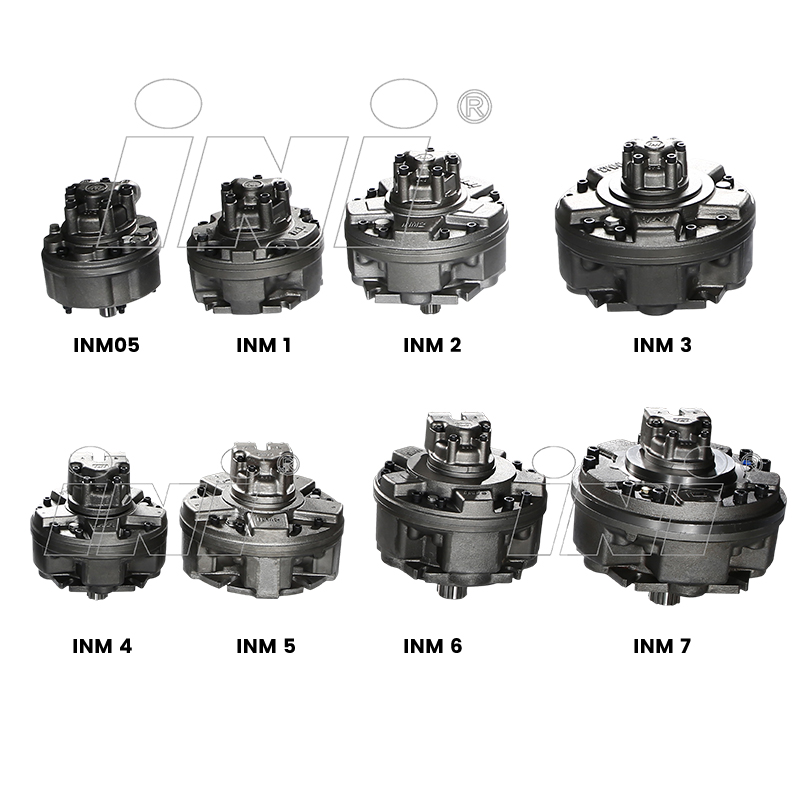
 English
English русский
русский Español
Español
 TOP
TOP